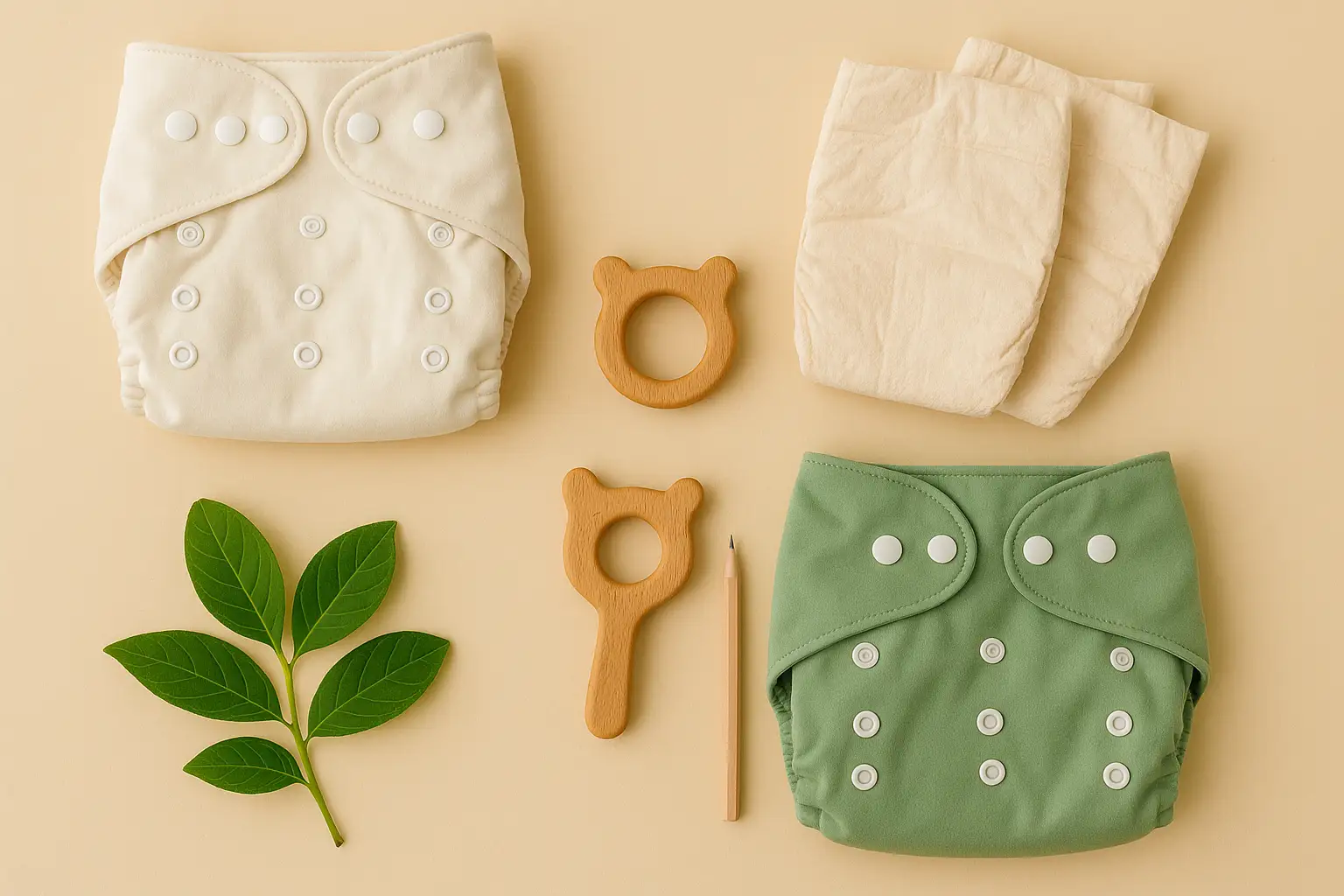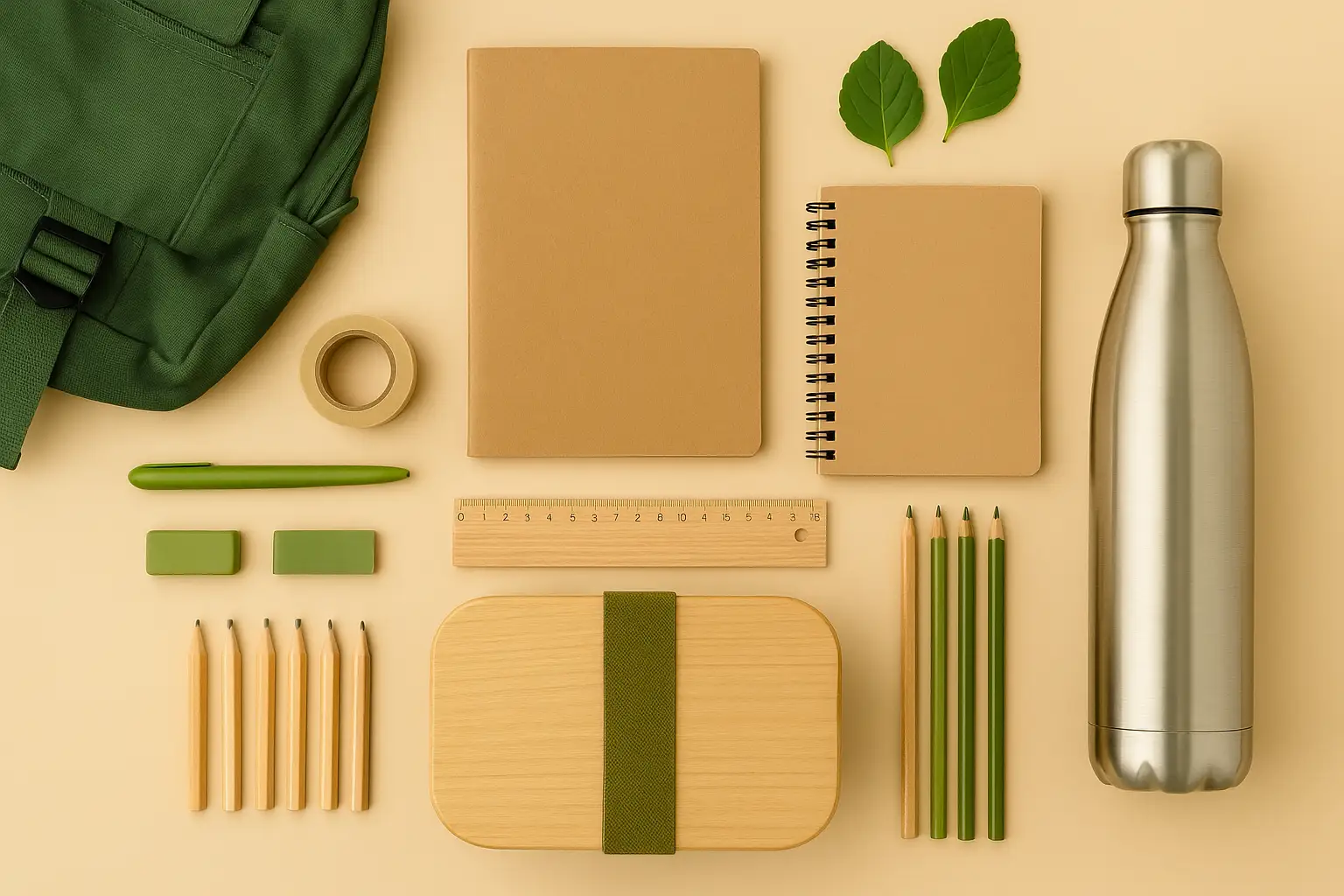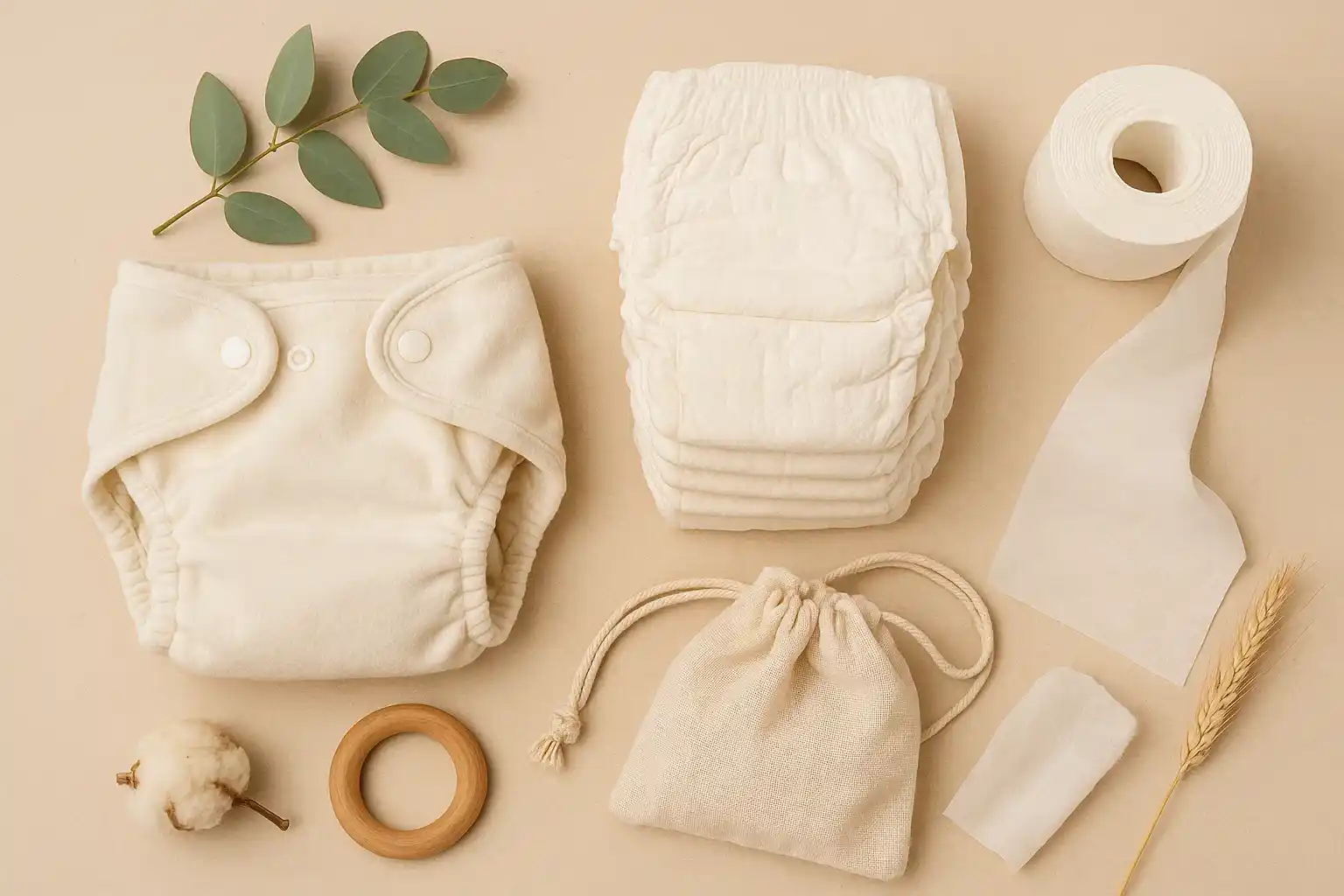Sowing Seeds of Stewardship: Nurturing a Lifelong Love for Our Planet in Children

The future of our planet rests in the hands of the next generation. Instilling a deep and genuine love for the Earth in children from their earliest years is not just an admirable goal; it is a fundamental responsibility. This early connection, nurtured through experience, education, and positive role modeling, will shape their values, inform their actions, and empower them to become lifelong stewards of the environment. Moving beyond abstract concepts, teaching children to love the planet early involves creating tangible, engaging, and inspiring interactions with the natural world and fostering a sense of wonder and responsibility.
This comprehensive exploration delves into the multifaceted ways we can cultivate this crucial bond between children and the Earth. We will explore practical strategies, age-appropriate activities, and mindful approaches that aim to educate, encourage, and inspire both children and the adults who guide them. By weaving environmental awareness into their daily lives, we can sow the seeds of stewardship that will blossom into a deep and enduring love for our planet, ensuring a more sustainable future for all.
The Foundational Years: Building a Connection Through Sensory Experiences
Early childhood is a time of profound sensory exploration. Engaging children's senses with the natural world forms the bedrock of their connection and appreciation:
- Immerse Them in Nature: From the earliest months, provide opportunities for babies and toddlers to experience the outdoors. Feel the warmth of the sun, the coolness of the grass, the texture of leaves, and the sound of birdsong. Even simple walks in the park or visits to a garden can be rich sensory experiences.
- Nature Tables and Sensory Bins: Bring elements of nature indoors. Create a nature table with collected leaves, stones, shells, and pinecones for children to explore with their hands. Sensory bins filled with natural materials like soil, sand, water, and seeds offer tactile and engaging play.
- Natural Art and Craft: Encourage artistic expression using natural materials. Finger painting with mud, creating collages with leaves and twigs, and making nature-inspired sculptures foster creativity and a connection to the Earth's bounty.
- Listen to the Sounds of Nature: Play recordings of nature sounds – rain, wind, ocean waves, animal calls. Talk about where these sounds come from and encourage children to listen for them when they are outdoors.
- Explore Natural Scents: Introduce children to the smells of flowers, herbs, and trees. Let them help you plant fragrant herbs in a small garden or explore the scents of different leaves.
Growing Understanding: Age-Appropriate Learning About Our Planet
As children grow, their capacity for understanding complex concepts expands. Tailor your approach to their developmental stage:
- Preschoolers (3-5 years): Focus on simple concepts like where food comes from, the importance of trees, and the basic needs of animals. Read age-appropriate books about nature and the environment. Engage in pretend play that involves caring for plants and animals.
- Early Elementary (6-8 years): Introduce the idea of different ecosystems, the concept of interdependence between living things, and the basics of recycling and conservation. Conduct simple science experiments related to nature, like planting seeds or observing insect life cycles.
- Late Elementary (9-11 years): Explore more complex environmental issues like pollution and climate change in an age-appropriate way, focusing on solutions and positive actions. Encourage critical thinking about consumption habits and the impact of human activities.
- Middle School (12-14 years): Engage in discussions about environmental policies, the role of science and technology in sustainability, and the importance of environmental justice. Encourage research projects and opportunities for activism.
Leading by Example: Modeling Sustainable Behaviors
Children learn by observing the adults in their lives. Your own actions speak volumes:
- Practice What You Preach: Demonstrate sustainable habits in your daily life. Recycle diligently, conserve water and energy, choose reusable items, and make conscious consumption choices. Talk to your children about why you are making these choices.
- Spend Time in Nature Yourself: Make regular outdoor experiences a family priority. Your enthusiasm for the natural world will be contagious.
- Show Respect for the Environment: Model respectful behavior towards plants, animals, and natural spaces. Avoid littering, be mindful of wildlife, and teach children to appreciate the beauty and fragility of ecosystems.
- Talk About Your Values: Openly discuss your environmental values with your children. Explain why caring for the planet is important to you and your family.
Hands-On Engagement: Making Learning Tangible and Fun
Direct interaction with the environment creates lasting memories and fosters a sense of ownership:
- Gardening Together: Involve children in planting seeds, watering plants, and harvesting food. This teaches them about where food comes from and the interconnectedness of living things. Even a small windowsill herb garden can be impactful.
- Composting as a Family: Set up a simple compost bin and involve children in collecting food scraps. Explain how decomposition works and how it helps the soil.
- Citizen Science Projects: Participate in age-appropriate citizen science projects, like counting birds, identifying local plants, or monitoring water quality. This engages children in real scientific research and fosters a sense of contribution.
- Nature Clean-Ups: Organize or participate in local park or beach clean-ups. This provides a tangible way for children to see the impact of pollution and the difference they can make.
- Visit Farms and Nature Centers: Excursions to local farms, nature centers, and wildlife sanctuaries offer educational and engaging experiences that deepen children's understanding and appreciation of the environment.
Fostering Empathy and Responsibility:
Connecting children emotionally with the natural world and empowering them to take action are crucial for cultivating lifelong stewardship:
- Animal Encounters: Provide opportunities for children to interact with animals (ethically and safely). This can foster empathy and a sense of responsibility for living creatures.
- Storytelling and Media: Share stories, books, and documentaries that highlight the beauty and importance of nature and the impact of environmental issues. Focus on stories of positive change and inspiring individuals.
- Empower Action: Encourage children to identify environmental issues that matter to them and brainstorm ways they can make a difference, whether it's reducing waste at school or raising awareness in their community. Support their initiatives, no matter how small they may seem.
- Celebrate Efforts: Acknowledge and celebrate your children's sustainable actions and their growing understanding of environmental issues. Positive reinforcement encourages continued engagement.
Teaching children to love the planet early is not a one-time lesson but an ongoing journey of exploration, discovery, and connection. By engaging their senses, providing age-appropriate education, leading by example, offering hands-on experiences, and fostering empathy and responsibility, we can sow the seeds of environmental stewardship that will grow into a deep and enduring love for the Earth. This early nurturing will equip them with the knowledge, values, and passion to become the environmental champions our planet needs for a sustainable future.
Related Blogs

Unplug and Imagine: Choosing Battery-Free Toys for Engaging and Sustainable Playtime
Foster imagination and save energy with manual musical toys, story books, and nature play.

The Great Diaper Debate: Navigating Cloth vs. Eco-Disposables for a Sustainable Start
Comparison of sustainable alternatives to help you make informed decisions.

Equipping Young Minds, Protecting Our Planet: Sustainable School Supplies Kit
Insights on creating a sustainable school supplies kit in a sustainable way.

Bathtime, Simplified: Eco-Friendly Alternatives to Bulky Plastic Baby Baths
Reduce manufacturing impact and clutter with sink bath seats, inflatable tubs, or repurposed containers.

A Gentle Foundation: Choosing Eco-Friendly and Non-Toxic Changing Mats for Your Baby
Opt for organic cotton, cork-based, or recycled textile changing mats free from PVC and phthalates.

Diapering with Intention: Exploring Eco-Friendly Alternatives to Disposable Diapers
Cut down drastically on landfill waste with cloth, compostable, or hybrid diaper systems.
Stay in the Loop
Get tips and insights tailored to your interests — no spam, just sustainability.